The island of Tortuga / Venezuela - There are goats and... Cactuses!
Destination - CaribbeanWarm sun and turquoise water: we were set- ting foot on one of the last virgin territories of Venezuela. Isla La Tortuga was discovered in 1499 by Alonso de Ojeda and was later occu- pied by pirates in the 17th century - a fate that should not lead to this 75-square mile island being confused with its Haitian namesake. Unin- habited since 1631, Tortuga does not offer many anchorages that are protected from the trade winds, but the area is in principle cyclone-free.
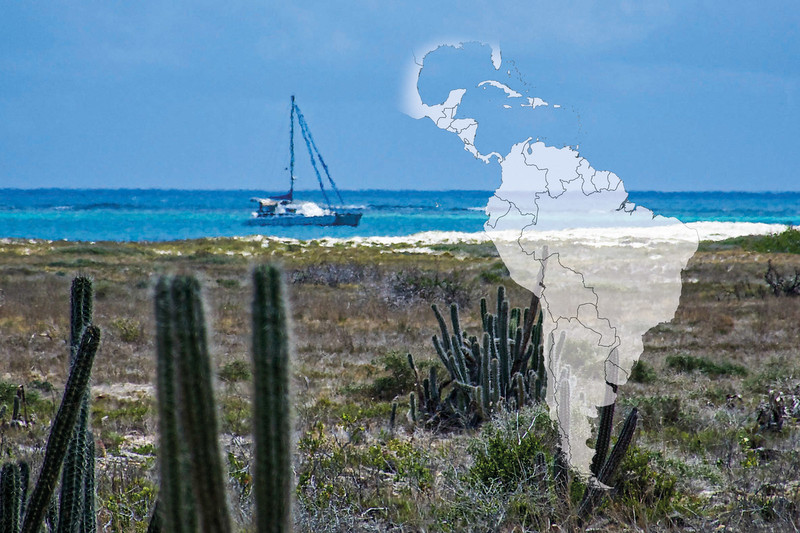
Cactus in the foreground and blurring heat in the distance - setting the mood...
What an enchanting name! One could think that turtles come here to lay their eggs and that everything is beautiful. But the truth is slightly different... Well OK, the turtles that gave their name to this land are still there, but the heart of the island is a bit special. To tell the truth, I would not come here to do a Koh-Lanta! (Popular French TV adventure game show). Alone at anchor, as always in most of the remote corners of Venezuela, we landed on this wild island, where we couldn’t see a single dwelling. Waves crashed on miniature cliffs with eroded and protruding rocks; it is better not to get caught up in them with the dinghy. We found a quiet beach where it was possible to leave the dinghy and venture out onto a rocky and arid plateau. As usual, we were wearing flip- flops. Sneakers? What are those? We don’t need them! And we would quickly come to regret not having worn them when we discovered the hundreds of terribly prickly cactuses. Many of them were dead, visibly burned, and had left only bun-dles of thorns, scattered all over the place.
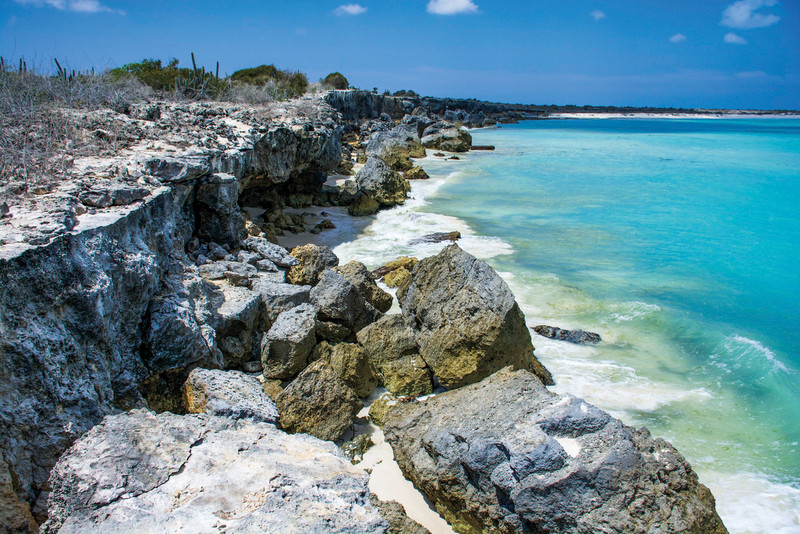
Beaches and cliffs. What would we discover here?
This was not going to slow us down though, and we continued (carefully mind you) our ex-ploration in search of new discoveries. It is a rather desolate landscape... we walked across the rocks and a coral plateau, which don’t leave much room for vegetation, or at least resistant plants, like cactus. Are there any animals that can live here?
Further inland, we found bones, then a skull - I reassure you, it was not human! There are wild goats on the island. It is certainly one of the animals which adapts the best, in particular to the dryness of the climate, because we find them in many wild places around the world. While looking for a group of them, we came to a halt when we almost fell into huge holes in the rock. Charming! This island clearly did not inspire us to build, a little cottage on the beach... We quietly turned around and headed back to the boat more quickly than planned!
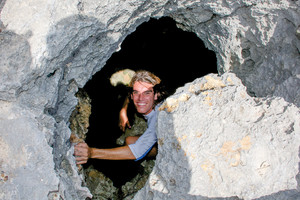 |
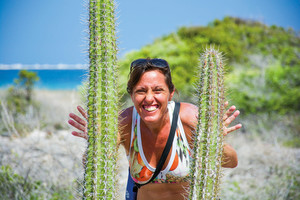 |
ANCHORAGES
Of course, we always hope to be able to get a good night’s sleep, so we need calm! So generally, we prefer anchorages protected from the dominant north-east wind.
The south of the island does not offer many mooring possibilities, while in the north, the bays are more numerous but sometimes too exposed to the swell. One of the best, sheltered by a reef and a small san- dy point, is Los Palanquinos 10°58.959’N 65°20.283’W. However, the holding is sometimes not ideal. The combination of sand/plateau/rock is not a good one... If the wind is too northerly, it’s also possible to take shelter off a small island close to Tortuga, Cayo Herradura: 10°59.539’N 65°23.098’W. This spot is a real little corner of paradise.
WEATHER CHECK
Venezuela is dominated by northeasterly winds almost all year round, which are strongest from December to April. There is not much to fear from hurricanes, which are very rare in the area. Sailing in this part of the Caribbean is a real pleasure, under a beautiful blue sky and an incredible number of dolphins around the bows!
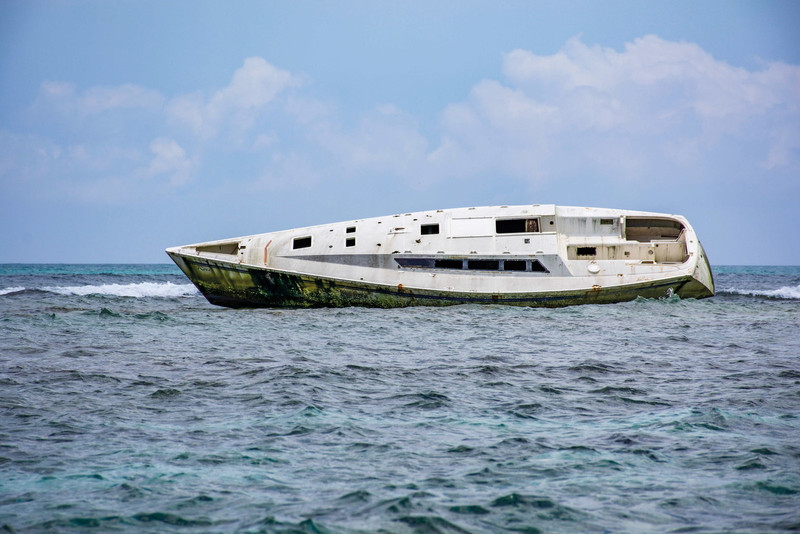
Stripped bare: the hull of the Sun Shine Rosa is a reminder that accidents can happen quickly at sea...
Destinations offered by
View all the destinations
Subscribe and get 8 issues a yearfor just $39.90
subscribeClassified ads
View classified adsWoods Flica 35 reduced for quick sell
- Location :
- Groningen, Netherlands
- Year :
- 1994
 Discover the 2025 winners!
Discover the 2025 winners! 
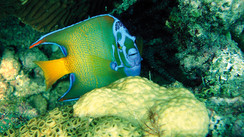
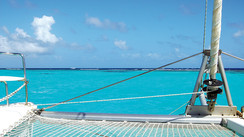
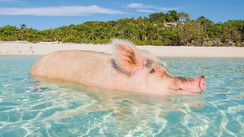
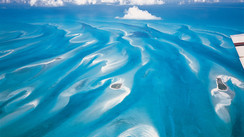
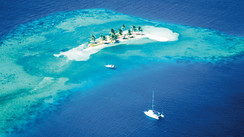
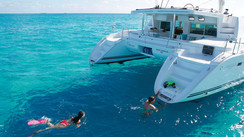







What readers think
Post a comment
No comments to show.